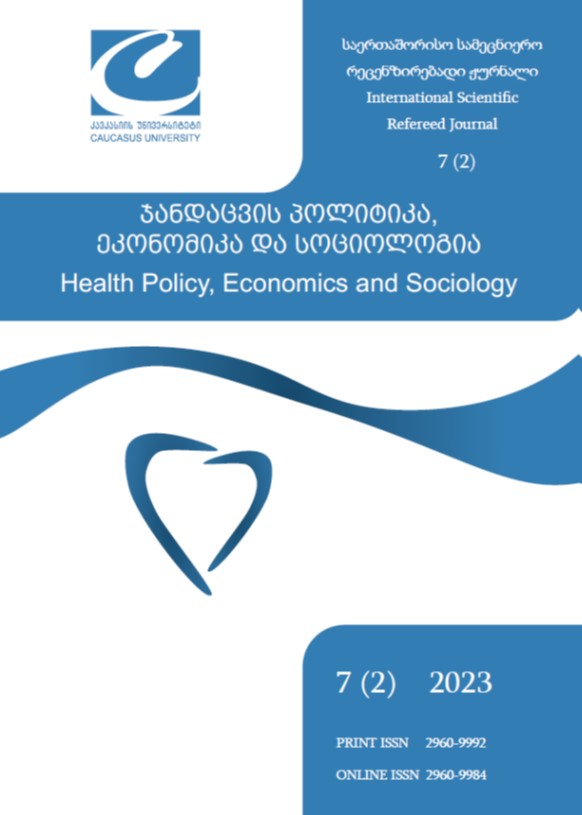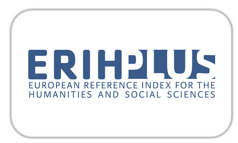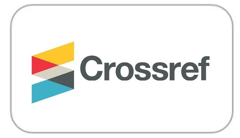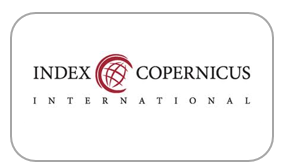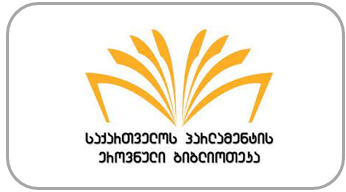The importance of Phamacovigilance in Public Helath System and its role in public health programs
DOI:
https://doi.org/10.52340/healthecosoc.2023.07.02.10Keywords:
rational use of medicines, public health, PharmacovigilanceAbstract
The role of Pharmacovigilance (also known as drug safety) in public health is widely recognized. Pharmacovigilance is a tool that takes care of patient safety. No one wants to harm a patient, but any medication can cause it. The implementation of a pharmacovigilance system in the country is essential for the rational and safe use of medicines, alos for supporting public health programs, as well as it builds public confidence in their country’s health policies. Despite the progress that has been made in pharmacovigilance, the burden on public health of adverse reactions to medicines remains significant. Pharmacoeconomic studies on the costs of ADRs suggest that governments pay considerable amounts from their health budgets towards covering the costs associated with them. A well-integrated pharmacovigilance system in the public health system will save costs by identifying drug use risks and adequate management strategies to help better assess the risks and benefits of medication, inform patients, educate, and ultimately help the health care program achieve its goal. It is also a kind of insurance to avoid the use of falsified, ineffective and non-standard medicines and to reduce the irrational use of resources.
References
Berlin JA, Glasser SC, Ellenberg SS (2008) Adverse Event Detection in Drug Development: Recommendations and Obligations Beyond Phase 3. Am J Public Health 98: 1366-1371.
Effective communications in Pharmacovigilance. The Erice Report. International Conference on Developing Effective Communications in Pharmacovigilance, Erice, Sicily, 24-27 September 1997, at which a policy statement was drawn up known as The Erice Declaration.
Food and Drug Administration (2005) Guidance for Industry, Premarketing Risk Assessment.
Kim JH, Scialli AR (2011) Thalidomide: the tragedy of birth defects and the effective treatment of disease. Toxicol Sci 122: 1-6.
Krumholz HM, Hines HH (2007) What have we learnt from Vioxx?. BMJ 334: 120-123.
Naranjo CA, Busto U, Sellers EM (1982) Difficulties in assessing adverse drug reactions in clinical trials. Prog Neuropsychopharmacol Biol Psychiatry 6: 651-657.
Lazarou J, Pomeranz BH, Corey PN. Incidence of adverse drug reactions in hospitalised patients: a meta-analysis of prospective studies. Journal of the American Medical Association, 1998, 279:1200–1205.
Pirmohamed M, et al. Adverse drug reactions as cause of admission to hospital: prospective analysis of 18 820 patients. British Medical Journal, 2004, 329:15–19.
World Health Organization. Quality Assurance and Safety of Medicines Team. (2006). The safety of medicines in public health programmes : pharmacovigilance, an essential tool.
World Health Organization (2015) Fast facts on Pharmacovigilance.
World Health Organization (2002) The Importance of Pharmacovigilance-Safety Monitoring of Medicinal Products.
Downloads
Published
How to Cite
Issue
Section
License

This work is licensed under a Creative Commons Attribution-ShareAlike 4.0 International License.
